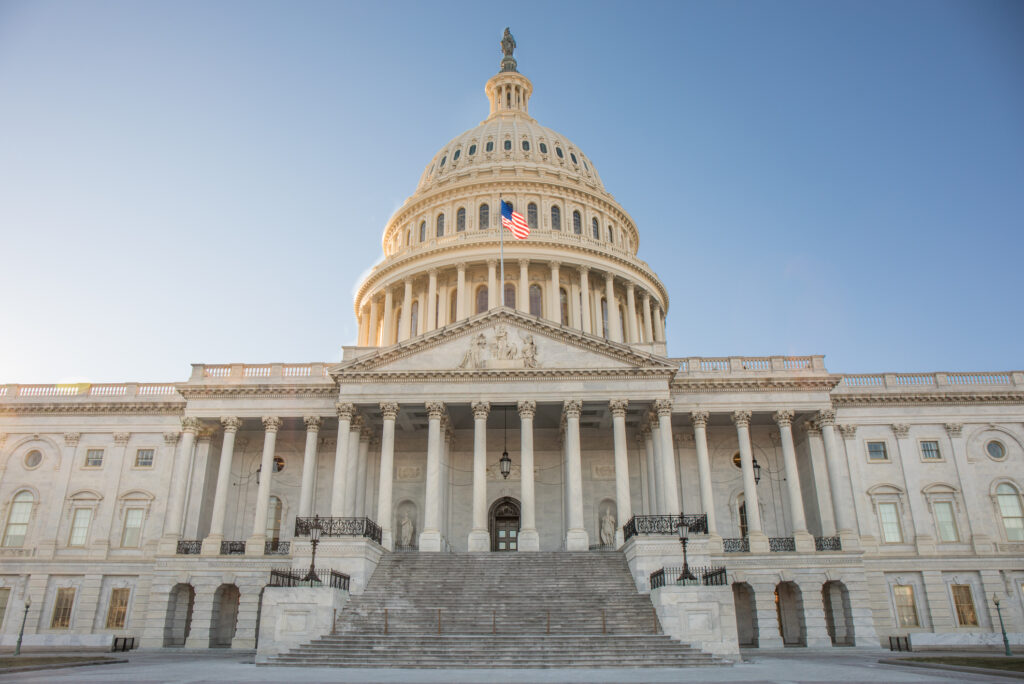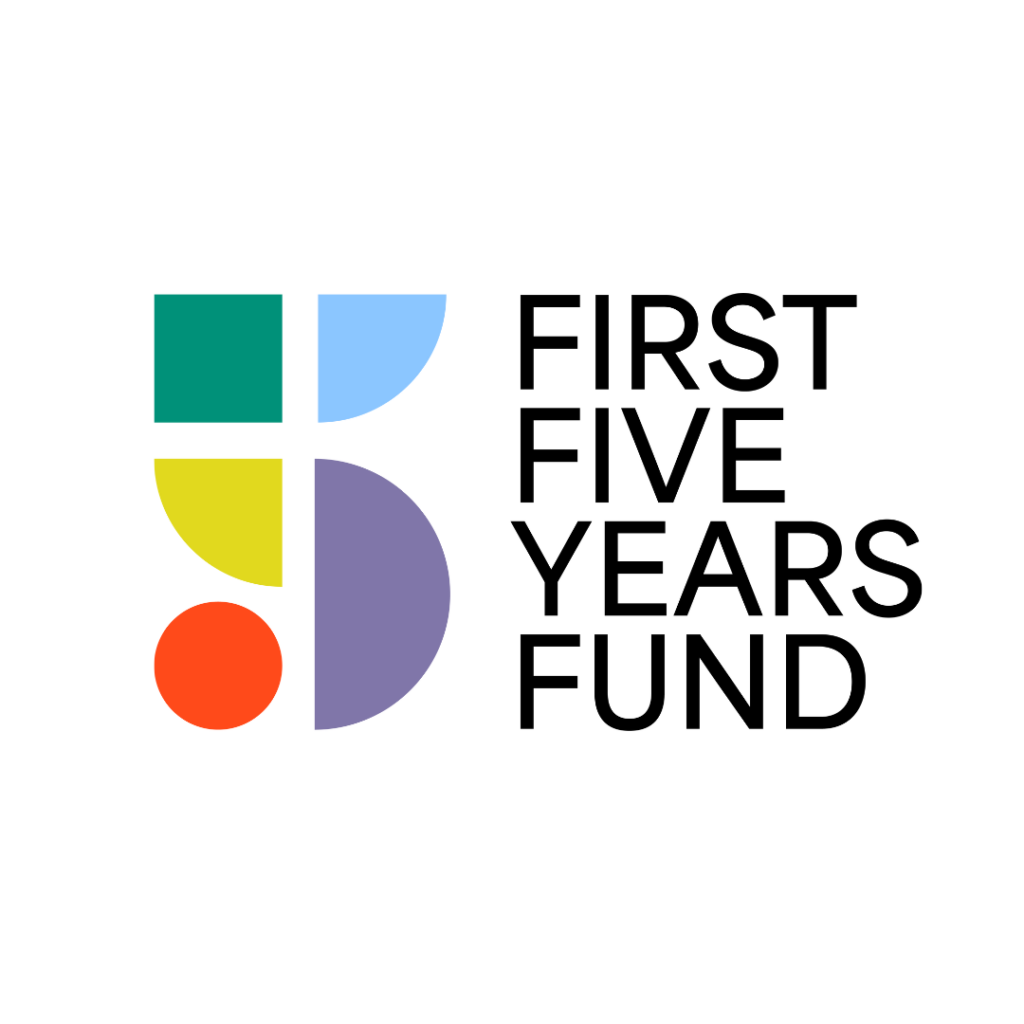Summary of Recent Rule to Improve Child Care Access, Affordability, and Stability in the Child Care and Development Fund (CCDF)

The Administration for Children and Families (ACF) recently finalized a new rule that will strengthen key policies in the Child Care and Development Fund (CCDF) – the program that includes the Child Care and Development Block Grant (CCDBG) and supports 1.5 million children and their families each month with child care assistance.
This rule makes changes to the program that seek to lower costs for families, increase the financial stability of child care providers, and make it easier for families to enroll in subsidized child care programs. FFYF released a statement, available here.
Key updates include:
Lowers Families’ Costs for Child Care
- Requires States and Territories to cap co-payments at seven percent of family income to help ensure affordability is not a barrier to accessing child care.
- Requires States and Territories to establish and periodically revise co-payment policies so that they are “not a barrier to families receiving” CCDF assistance.
- Encourages Lead Agencies to adopt lower co-payment caps and minimize or waive co-payments when possible. This change is intended for families:
- living at or below 150 percent of the federal poverty level,
- with children in foster and kinship care,
- with children with disabilities,
- experiencing homelessness, and
- enrolled in Head Start or Early Head Start.
- The intention for this policy is to shift costs from participating families to Lead Agencies. It does not in any way impact the amount of the payments made to child care providers.
Improves payment practices for child care providers
- Requires Lead Agencies to pay providers prospectively and based on child enrollment instead of attendance. This aligns with generally accepted payment practices in the private market and better reflects the fixed costs of child care.
- Requires Lead Agencies to use some grants and contracts for direct services towards care for children in underserved geographic areas, infants and toddlers, and children with disabilities.
- Clarifies that Lead Agencies are allowed and encouraged to pay child care providers the full established payment rate, even if it is higher than the amount providers are charging private pay families.
Reduces program bureaucracy to make it easier for families to enroll in CCDF
- Establishes simplified parameters for Lead Agencies that choose to use presumptive eligibility to expedite access to child care for certain vulnerable populations, including families experiencing homelessness. Presumptive eligibility is an existing program flexibility and this change is intended to encourage more Lead Agencies to use it.
- Requires Lead Agencies to implement eligibility policies and procedures that minimize disruptions to parent employment, education, or training opportunities.
- Urges Lead Agencies to consider offering online applications and utilize the model application developed by the Office of Child Care (OCC).
Offers Flexibilities for Tribal Lead Agencies
- For the most part, Tribal Lead Agencies are exempt from the new requirements included in this final rule, but the rule includes two important new flexibilities for Tribes:
- It updates the definition for major renovation in a manner that will reduce the types of projects for which Tribal Lead Agencies must submit applications.
- It provides all CCDF Tribal Lead Agencies the flexibility to waive parent co-payments for all parents receiving CCDF assistance.
Costs, Transfers, and Benefits
- The cost of implementing changes made by this rule will vary depending on a Lead Agency’s specific situation and implementation choices.
- ACF conducted a regulatory impact analysis (RIA) to estimate costs, transfers, and benefits of provisions in this final rule. RIAs are important because they seek to quantify and monetize the anticipated benefits and costs as well as assess the distribution of the rules’ impacts to the extent possible. Of those that are required, they identified additional child eligibility, enrollment-based payment, and permissible co-payments as transfers, while grants and contracts and systems-related costs are designated as costs.
- Impact of the required policies: $57.2 million in transfers and $9.0 million in costs annually.
- Impact of the optional policies: $149.4 million in transfers, $4.1 million in costs, and $15.3 million in benefits annually.
- Lead Agencies may draw from other federal funding streams to support the policy changes included in this rule, including through allowable transfers from TANF.
Changes included in the final rule will be effective April 30, 2024. The 2025-2027 CCDF Plans, which are currently underway and due July 1, 2024, will need to be revised to come into compliance. Because some of the provisions will be more complicated to implement, Lead Agencies can request temporary transitional waivers for up to two years to ensure there is enough time to execute the steps necessary to be in compliance with the final rule.
The finalized rule represents an important step to improve the access, affordability, and stability of child care programs participating in the subsidy system across the nation. FFYF will continue to push for increased federal investments in CCDBG, which are necessary to ensure the program can successfully implement the new changes and fully support families’ access to quality child care.
Subscribe to FFYF First Look
Every morning, FFYF reports on the latest child care & early learning news from across the country. Subscribe and take 5 minutes to know what's happening in early childhood education.



